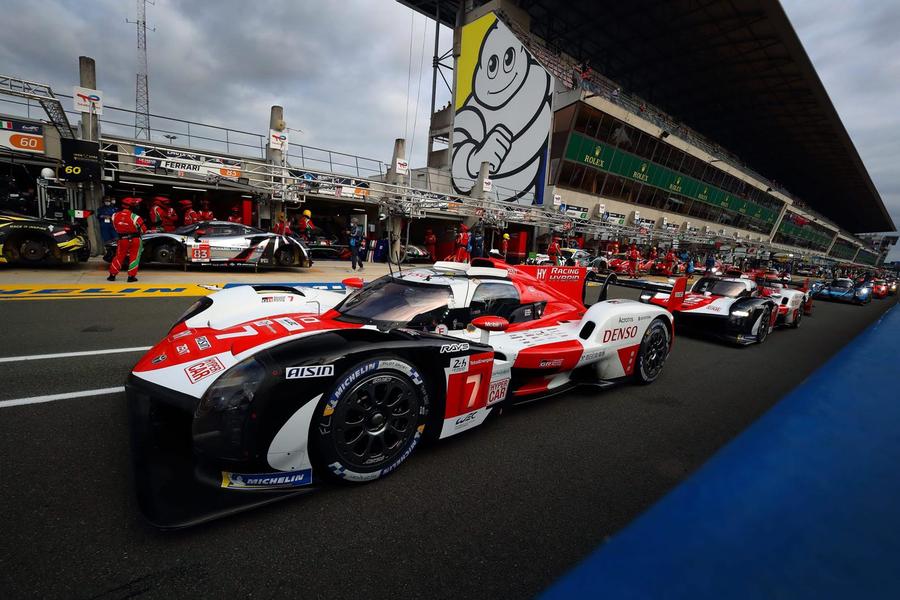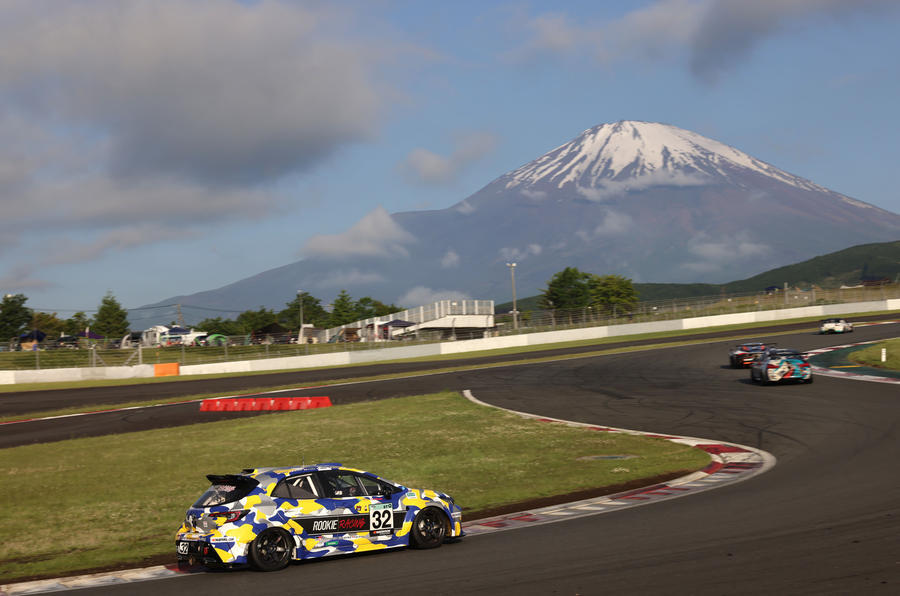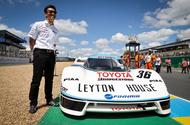Kazuki Nakajima will drive his father’s 1985 Group C racer at Le Mans Classic this weekend
Ex-Gazoo Racing driver, now the division’s vice-chairman, tells us why Le Mans is still so important to car makers
If anyone knows the highs, lows, trials and tribulations of endurance racing, it’s Kazuki Nakajima. He won three Le Mans 24 Hour races in a row behind the wheel of a Toyota hybrid – but only after infamously being aboard the leading car of the 2016 race as it ground to a halt with mechanical failure on its final lap.
Who better, then – after his recent retirement from driving duties – to lead Gazoo Racing’s efforts as endurance racing morphs into its new ‘Hypercar’ era? Aged 37, he may seem young to hold a title as esteemed as vice-chairman of Toyota Gazoo Racing Europe, but as we sat down with him at the Goodwood Festival of Speed, it’s clear he’s a very neat fit for the role.
Congratulations on your new role. What brought about the move?
“I would say it’s a role that was kind of presented to me. Which was actually a big surprise. Before it was offered, I could only think of continuing my career driving in Japan, but thanks to this new role, I basically get to focus more on the younger generation of drivers and future of racing itself. We are in challenging circumstances with all the new technology coming and all the new regulations changing for carbon-neutrality, so the motorsport environment is not straightforward.
“To challenge these circumstances is something that is very exciting. There is lots of new technology coming and the challenge is how we utilise it for motorsport. Even without driving the car, racing is still exciting to me.”

Is the addition of more technology something that excites you?
“Technology is something we always welcome as race car drivers. And Le Mans is very good for demonstrating and developing new and different technology. There were years when diesel led, then we introduced hybrid and it dominated the last 10 years and is now spreading to other categories like World Rally.
“Now we’re starting to talk about electric and hydrogen. For Toyota Gazoo Racing, Le Mans is the perfect place to showcase new ideas and make a better car from motorsport activity.”
Is there a propulsion method you can see dominating?
“At Toyota in general we try to give more and more options to the customers. We are not only talking about electric, but also hydrogen, and we are still pushing for the internal combustion engine as well. Especially when you look at the hydrogen-combustion racing car in Japan that [Toyota boss] Akio Toyoda has been driving. The development speed is quite impressive.
“What I am excited about with this project is that it keeps internal combustion but has carbon-neutrality at the same time. I personally don’t wish to lose exciting engine sounds and I really hope this will be one of the solutions.”
Can that technology ever become mainstream?
“Hybrid technology wasn’t so affordable at first, but with more demand from the customers, the price goes down. Most of the components and technology for the hydrogen-combustion car are the same as a regular ICE. So technically there is a good way to make it work. The energy supply is a different question, but as the world is changing in that regard, it should be achievable.”

How do you feel about synthetic fuels?
“It could be a solution but in the end I think it’s down to the politics. It’s a bit of a shame they are not pushing for synthetic fuel in Europe at the moment, politically. I think it can be a good solution for many different places including motorsport. I have a strong hope for this being one of the solutions. In the end, there is no single solution; there needs to be many options we can choose from depending on the circumstances for each society or individual. It’s good to see there are so many new technologies coming.”
How is your new Le Mans Hypercar coming along?
“The progress has been really good. All the comments from the racers suggest the car is more driver-friendly, even though there is a lot of restriction on development from the homologation side. Obviously next year is going to be a big year for us. Many more manufacturers are coming back to WEC and Le Mans and this is the time to show our capability, which we’ve developed over the last 10 years.
“That’s our strongest point compared to those coming back into the sport and I’m quite keen to see how the other manufacturers manage the challenge. We need to be prepared because they will be very strong but I am excited to test ourselves in front of some big names.”
How does your experience as a driver contribute to your new role?
“I try to get involved in as many conversations in the team and give my feedback. We really shared all those moments as a team [when I was a driver] and all those experiences made us stronger and stronger. And I feel like now we have the right amount of experience of all the highs and lows, making us ready to face any kind of difficulties. The team is gaining more and more confidence.”
Stephen Dobie
Source: Autocar
